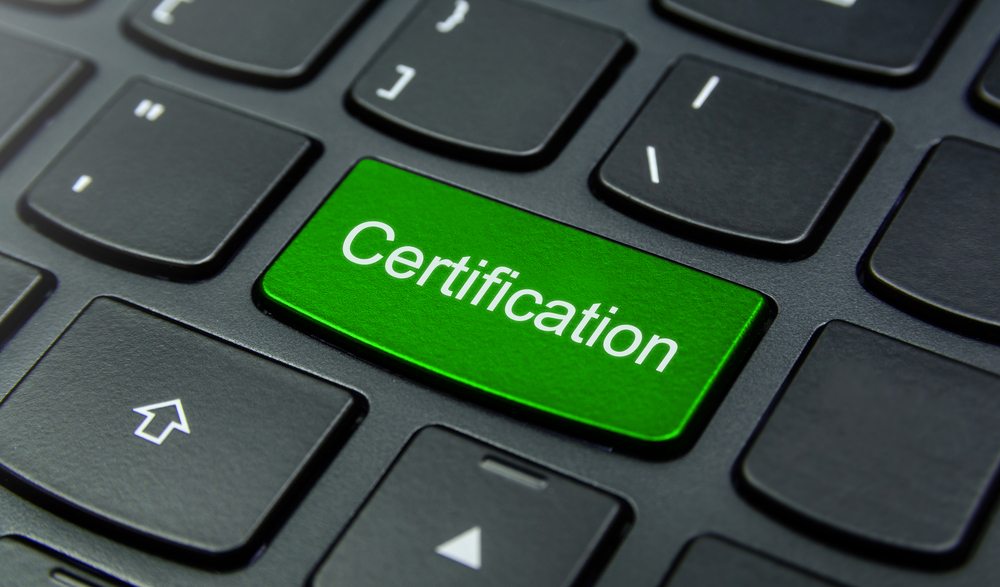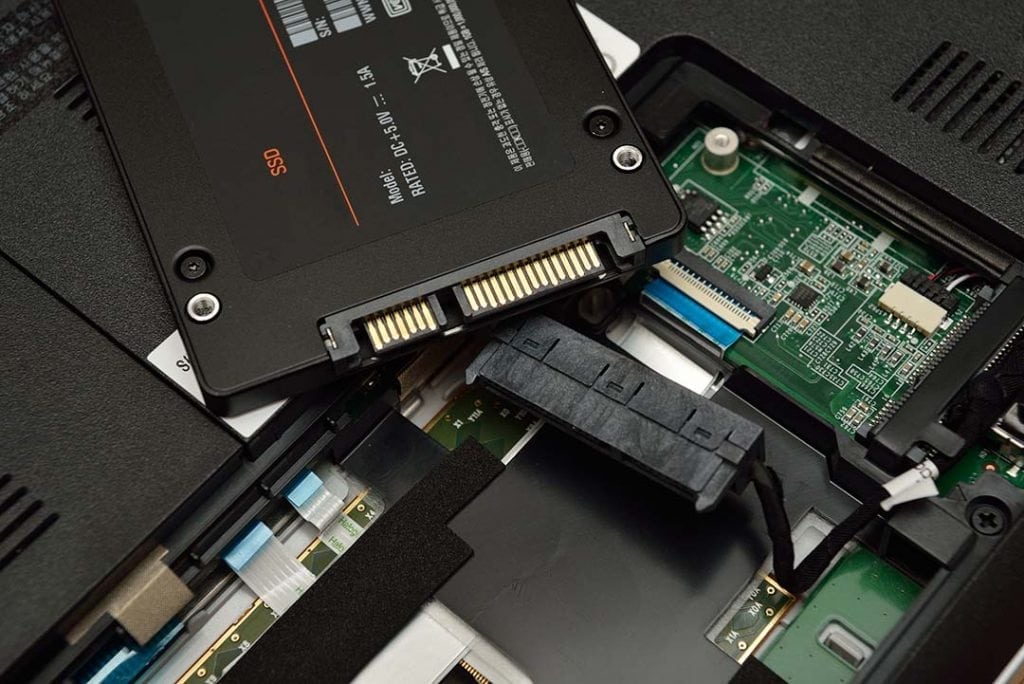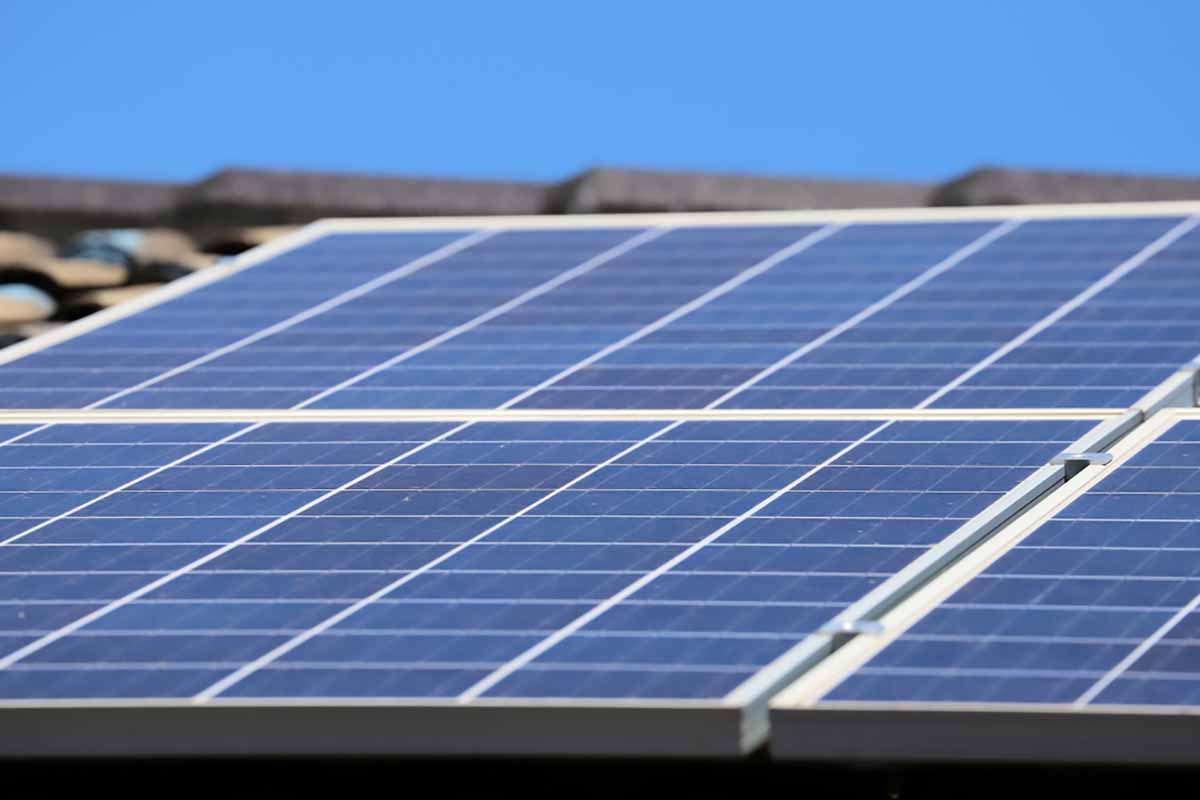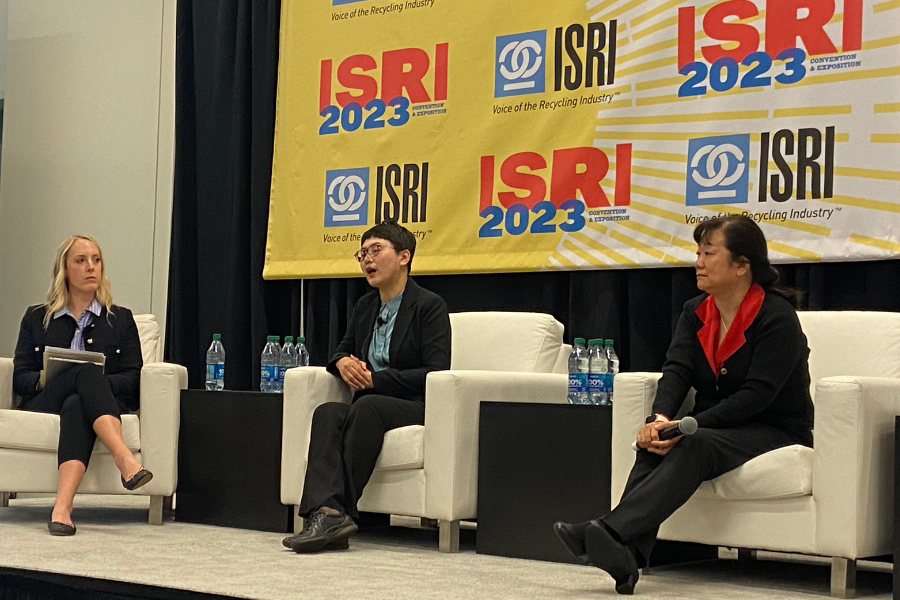
The recently signed bill means Californians are free to fix many of their devices and appliances. | Jonathan Lenz/Shutterstock
Consumers in California now have the right to repair some of their electronic devices after Gov. Gavin Newson signed SB 244 into law Oct. 10. Continue Reading










